by: Mian Ishaq > Thu Jan 2025
Sahar R Deep
Rumi once said, “Silence is the language of God, all else is poor translation.”
In silent depths where shadows play,
Unspoken truths begin to gleam,
Like moonlight weaving through the gray,
They dance within a quiet dream.
The Symphony of Said and Unsaid: A Reflection on the Art of Expression
Human existence is a delicate dance between what is expressed and what is withheld—what is “said” and what remains “unsaid.” Language, as a tool, is both a liberator and a limiter. It liberates us by giving shape to our thoughts, emotions, and experiences, yet it limits us by confining the infinite realm of human consciousness into finite words. The interplay of said and unsaid forms the essence of communication, the cornerstone of storytelling, and the silent undertone of human interaction. This delicate balance is where beauty resides, where wisdom flourishes, and where the mysteries of life unfold. In this essay, we shall explore the dimensions of the said and unsaid, analyze their role in literature and life, and reflect on how their interplay shapes the human experience.
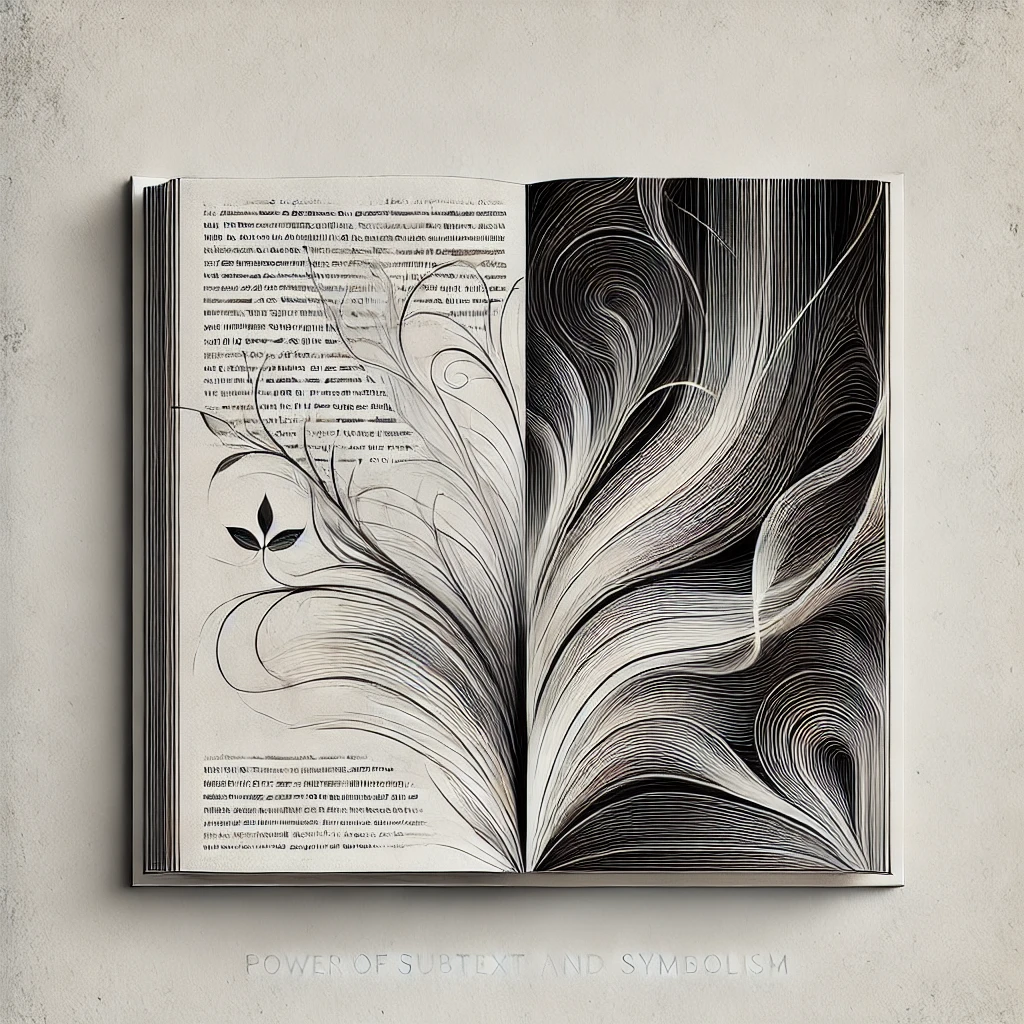
The Art of Reading Between the Lines: Weaving and Perceiving the Unsaid
The art of reading between the lines is a skill that transforms a passive reader into an active interpreter. It is in the spaces between words, the subtle nuances of phrasing, and the delicate rhythm of silence where the unsaid resides. Writers who master this art craft stories that breathe—narratives where emotions swell in the unsaid, where meaning transcends mere language. The unsaid, when woven artfully into writing, invites the reader into a deeper engagement, asking them to complete the picture with their own imagination, experience, and intuition.
In writing, the unsaid is conveyed through subtext, symbolism, and omission. A well-placed pause in dialogue, a description that hints at but does not reveal everything, or a scene that leaves questions unanswered—all create a fertile ground for the reader’s mind to explore. For example, in Anton Chekhov’s short stories, much of the emotional impact lies not in what is declared but in what is deliberately withheld. Chekhov believed that life’s essence is often found in what remains unspoken, a philosophy reflected in his minimalist approach to detail. This deliberate restraint allows readers to engage with the narrative more deeply, filling in the gaps with their own interpretations.
Conversely, the reader who learns to decipher the unsaid becomes attuned to the subtle language of implication. Reading between the lines is akin to reading lips—it involves paying attention to what is not directly visible or audible but is nonetheless present. Just as a skilled lip-reader catches meaning from the smallest motions and pauses, a perceptive reader grasps the unwritten truths beneath the surface of a text. This interaction between the writer’s unspoken cues and the reader’s interpretive ability creates a shared space where meaning is not merely transmitted but co-created.
Thus, the art of weaving the unsaid into writing, and the corresponding art of perceiving it, reveals the complexity of human experience. It reflects life itself, where what is said is only part of the story, and the rest—the unsaid—must be sensed, felt, and understood beyond words. In this delicate interplay, both writer and reader find a profound connection, transcending the boundaries of language to reach the essence of meaning.
I. The Dichotomy of Said and Unsaid
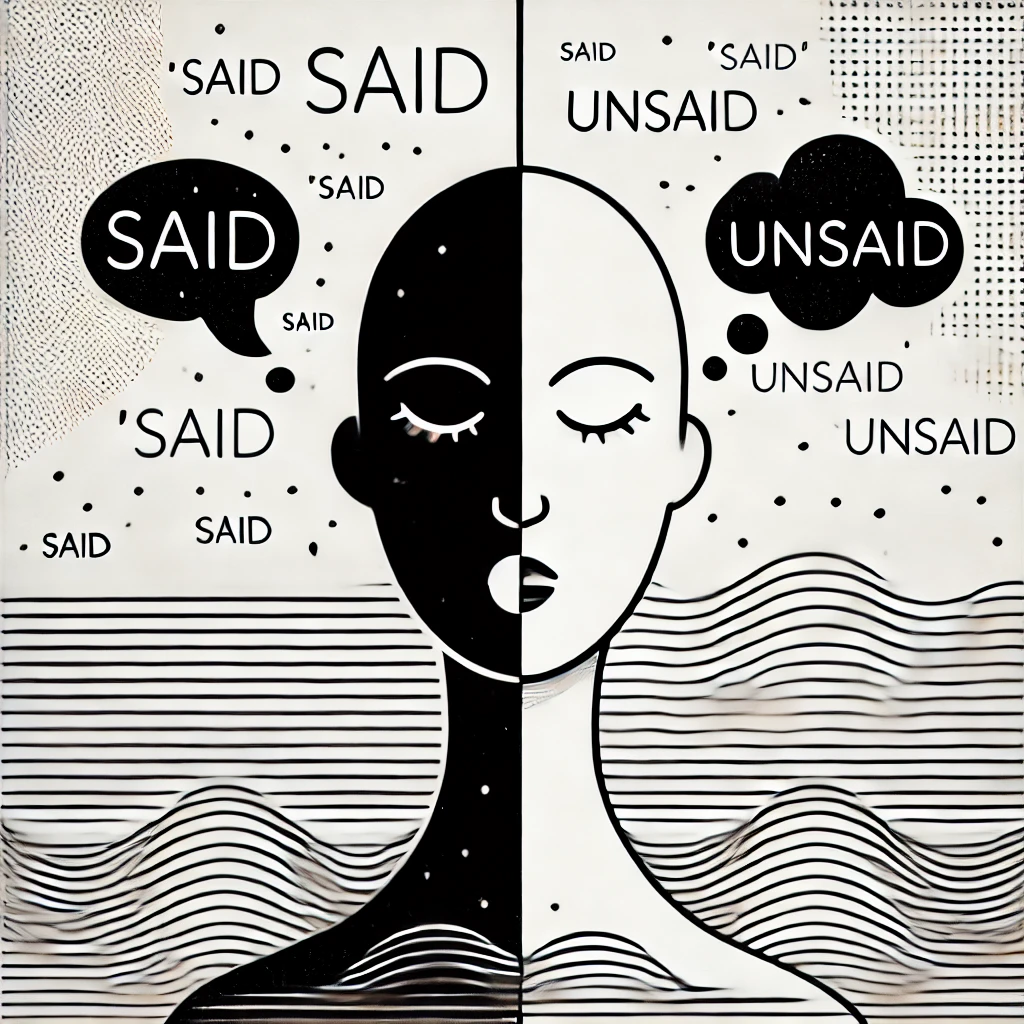
To understand the power of the unsaid, we must first comprehend the nature of what is said. Words, like rivers, carve through the landscape of the mind, shaping ideas into tangible expressions. However, words are not absolute; they are imperfect reflections of an ever-flowing stream of thoughts and emotions. The unsaid, on the other hand, is the reservoir beneath this river—a vast, silent force that nourishes the visible flow. What is unsaid often carries the weight of what cannot be captured in language: emotions too profound, thoughts too complex, and truths too elusive.
In real-life interactions, the unsaid manifests in the form of body language, tone, pauses, and silence. A simple “I’m fine” can carry myriad meanings depending on the unsaid cues that accompany it. The unsaid becomes a language of its own, subtle yet powerful. As the poet Rumi once said, “Silence is the language of God, all else is poor translation.”
II. Storytelling: Weaving Said and Unsaid
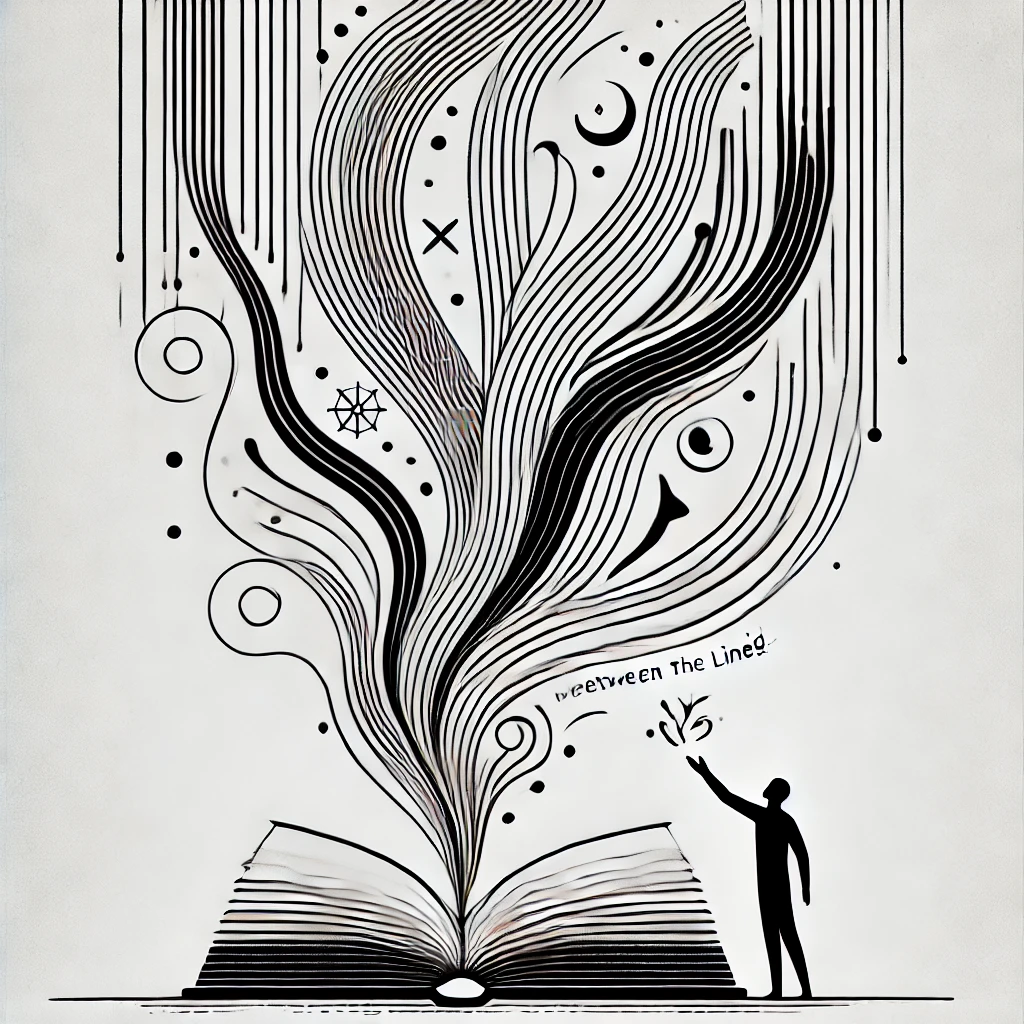
Humans are storytellers by nature, and every great story is a tapestry woven with threads of both said and unsaid. The art of storytelling lies not merely in the words spoken but in what they imply and evoke. When we read a story or hear a tale, much of its emotional and intellectual impact comes from what is left unsaid—the spaces between the lines that invite us to reflect, interpret, and feel.
Consider F. Scott Fitzgerald’s The Great Gatsby, where the grandeur of Gatsby’s parties is a symbol of his unsaid longing for Daisy. The reader perceives his emotions not through explicit statements but through the opulence of his world and the emptiness that underlies it. Similarly, in Ernest Hemingway’s Hills Like White Elephants, the unsaid carries the weight of the story. The dialogue seems mundane, but beneath the surface lies a profound and unspoken tension about a life-altering decision. Hemingway’s use of the “Iceberg Theory” or the “theory of omission” illustrates how the unsaid can be more powerful than what is directly stated.
III. The Power of Subtext and Symbolism
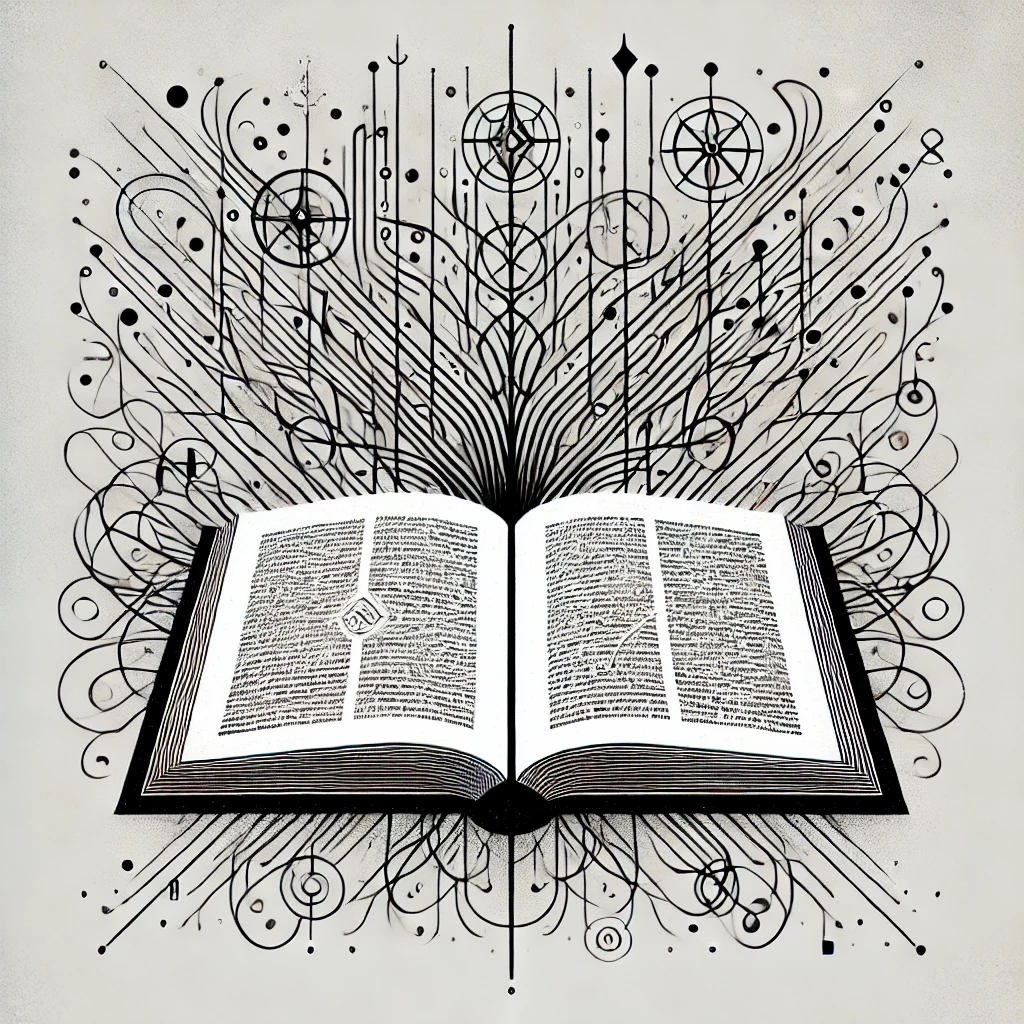
In both life and literature, subtext is the unsaid meaning that lies beneath the overt narrative. It adds depth to communication and invites the listener or reader to engage in interpretation. Symbolism, a powerful literary device, operates similarly, using objects, characters, or settings to convey meanings beyond their literal sense.
For instance, George Orwell’s 1984 is rife with symbols that remain unsaid in their direct meaning but speak volumes about totalitarian control and the loss of individuality. Big Brother, the ever-watchful figure, symbolizes the omnipresence of state surveillance. By not directly stating the implications but allowing the reader to infer them, Orwell amplifies the impact of his narrative.
In real-life communication, subtext plays a crucial role in interpersonal dynamics. A shared glance, a hesitant pause, or a subtle change in tone can speak louder than words. These unspoken elements form the unsaid undercurrents of dialogue, enriching its meaning and emotional resonance.
IV. Figurative Language: A Bridge Between Said and Unsaid

Figurative language—metaphor, simile, personification, and other rhetorical devices—serves as a bridge between the said and unsaid. By using figurative expressions, we transcend the literal confines of language, hinting at meanings that lie beyond direct articulation.
Consider Shakespeare’s line from Hamlet: “There is a special providence in the fall of a sparrow.” The sparrow’s fall, a metaphor for death, conveys a profound truth about fate and mortality without explicitly stating it. The unsaid meaning here invites the audience to ponder life’s fragility and the inevitability of fate.
Metaphor and symbolism allow us to say what cannot be said directly, to evoke what words alone cannot capture. They transform the mundane into the profound, opening pathways to deeper understanding.
V. The Wisdom of Silence

Silence, the ultimate form of the unsaid, holds a unique place in human experience. In many spiritual traditions, silence is seen as a path to wisdom. The mystics and sages of the world often emphasize the importance of listening to the unsaid—to the silence within and around us.
In real life, silence can be eloquent. It can signify contemplation, respect, or even defiance. The unsaid in moments of silence often speaks louder than words. A mother’s quiet gaze at her child, a friend’s supportive presence without uttering a word, or the solemn hush of a moment of grief—all convey emotions that words would struggle to capture.
In literature, silence is a powerful narrative tool. In Cormac McCarthy’s The Road, the sparse dialogue and vast silences create an atmosphere of desolation and survival. The unsaid horrors of the post-apocalyptic world are more chilling than any explicit description could be.
VI. The Interplay in Art and Visual Representation
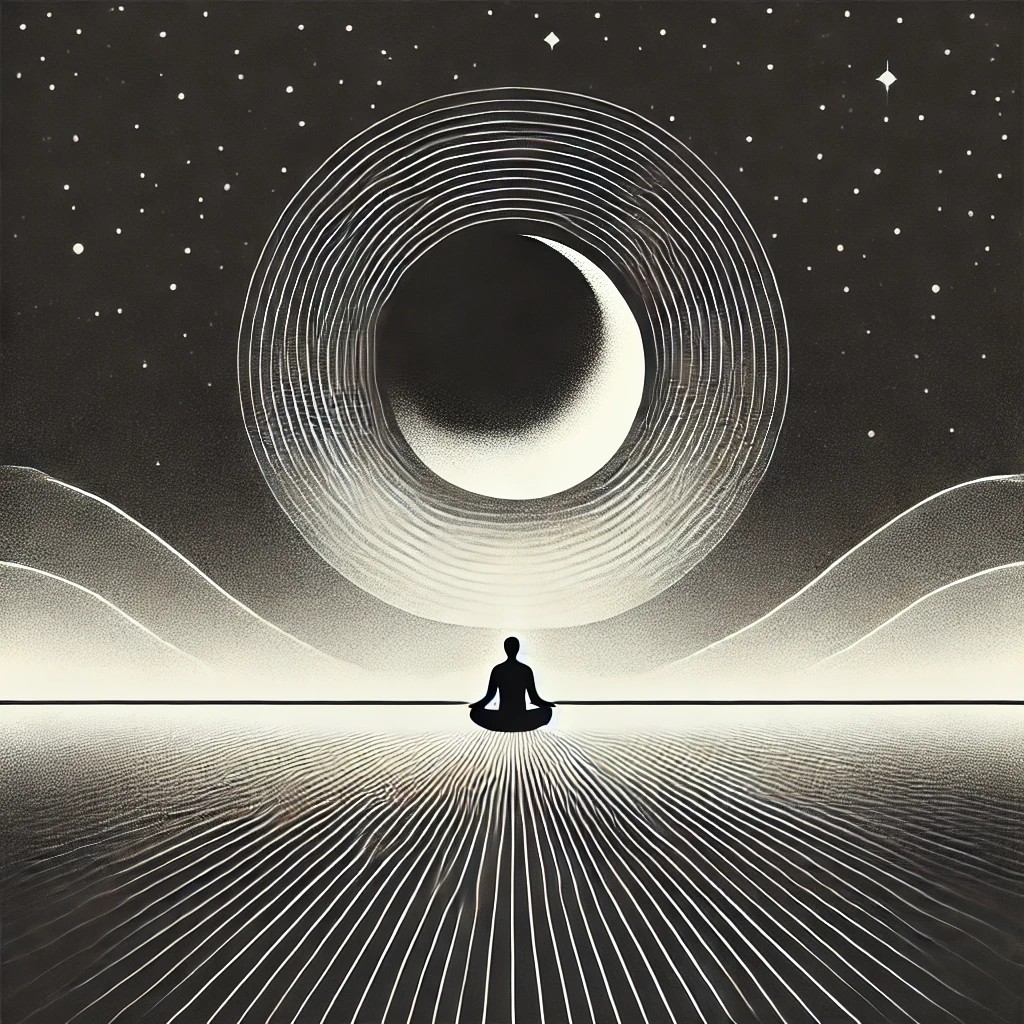
Art, like literature, thrives on the balance of said and unsaid. Minimalistic art often leaves much to the viewer’s imagination, engaging them in interpreting what is not explicitly depicted. In black and white line art, for instance, the spaces and shadows—the unsaid parts—are as significant as the lines and forms.
Visual storytelling, whether in cinema or painting, uses this interplay effectively. A close-up shot of a character’s face, lingering in silence, can convey emotions more profoundly than words ever could. The unsaid invites the audience to engage with the narrative on a deeper level, making them active participants in the storytelling process.
VII. Life as a Tapestry of Said and Unsaid
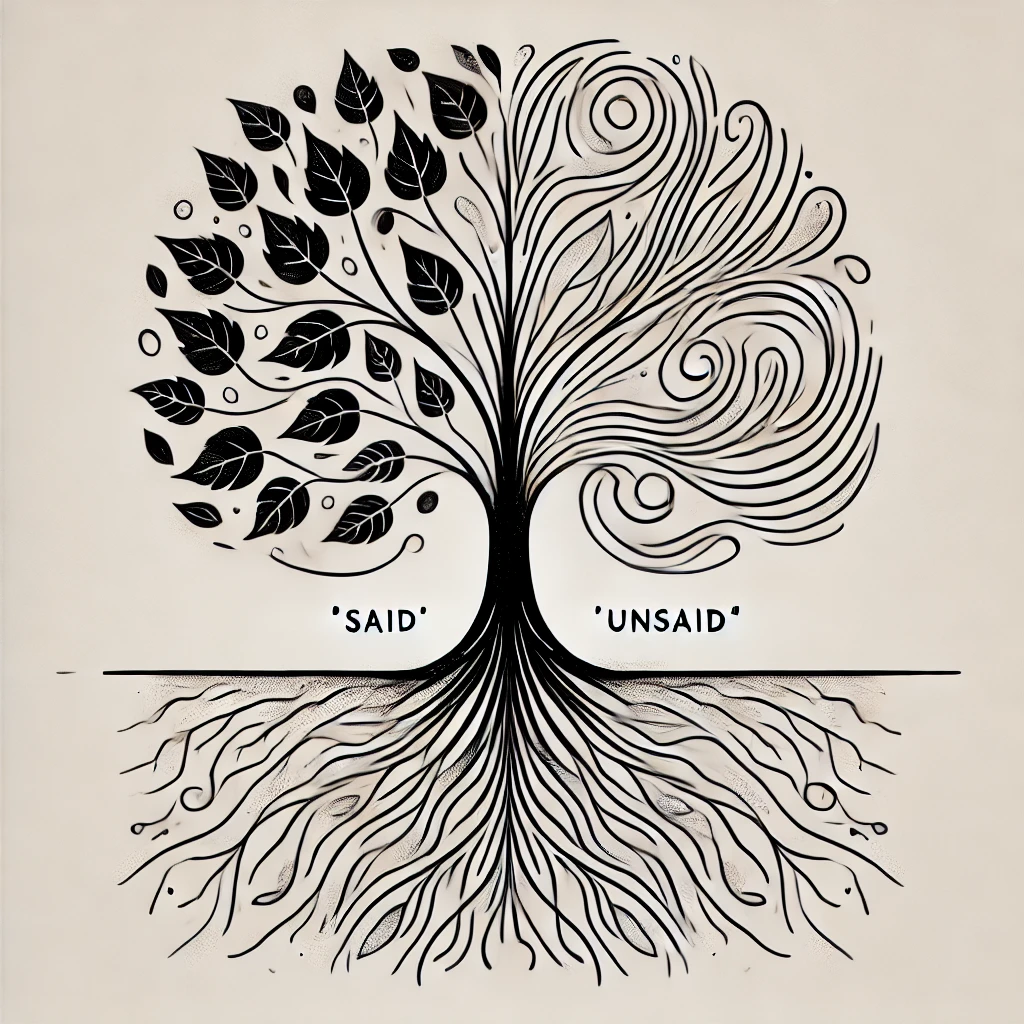
Ultimately, life itself is a delicate interplay of what we express and what we hold back. Our relationships, choices, and experiences are shaped by both what is said and what remains unsaid. The unsaid often holds the keys to our deepest fears, desires, and dreams. It is in the quiet moments of reflection, the unspoken bonds of love, and the silent understanding between friends that the essence of life is truly felt.
In this way, the unsaid complements the said, adding depth and meaning to our existence. Just as music is defined not only by notes but also by the spaces between them, so too is life enriched by the balance of expression and silence.
. The Eternal Dance
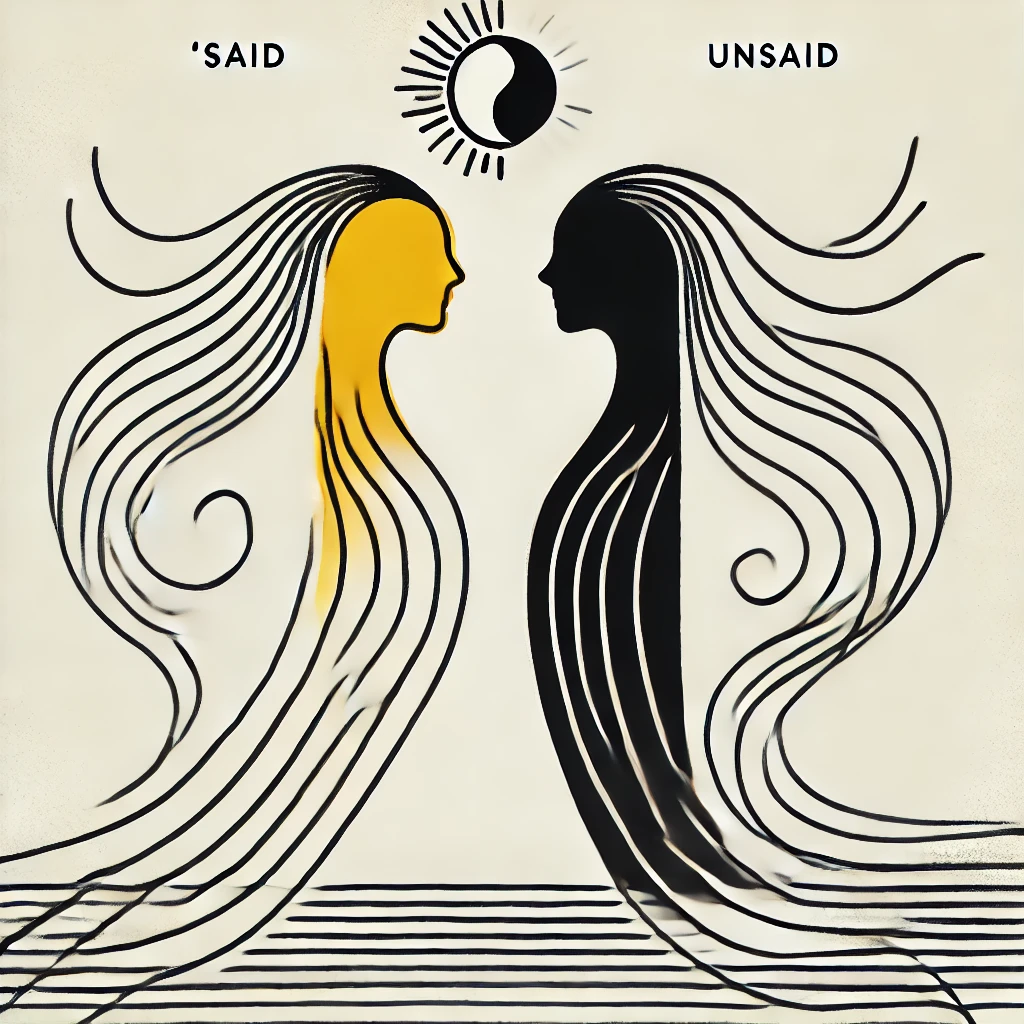
The interplay of said and unsaid is a dance—graceful, intricate, and eternal. It is the essence of storytelling, the heart of art, and the soul of human connection. To master the art of this interplay is to understand that life’s most profound truths often lie not in what is spoken, but in what is left unsaid.
In embracing both the said and unsaid, we become attuned to the subtleties of existence. We learn to listen beyond words, to see beyond appearances, and to feel beyond articulation. And in doing so, we glimpse the quiet wisdom that lies at the heart of all things—a wisdom that whispers, softly, in the echoes of the unsaid